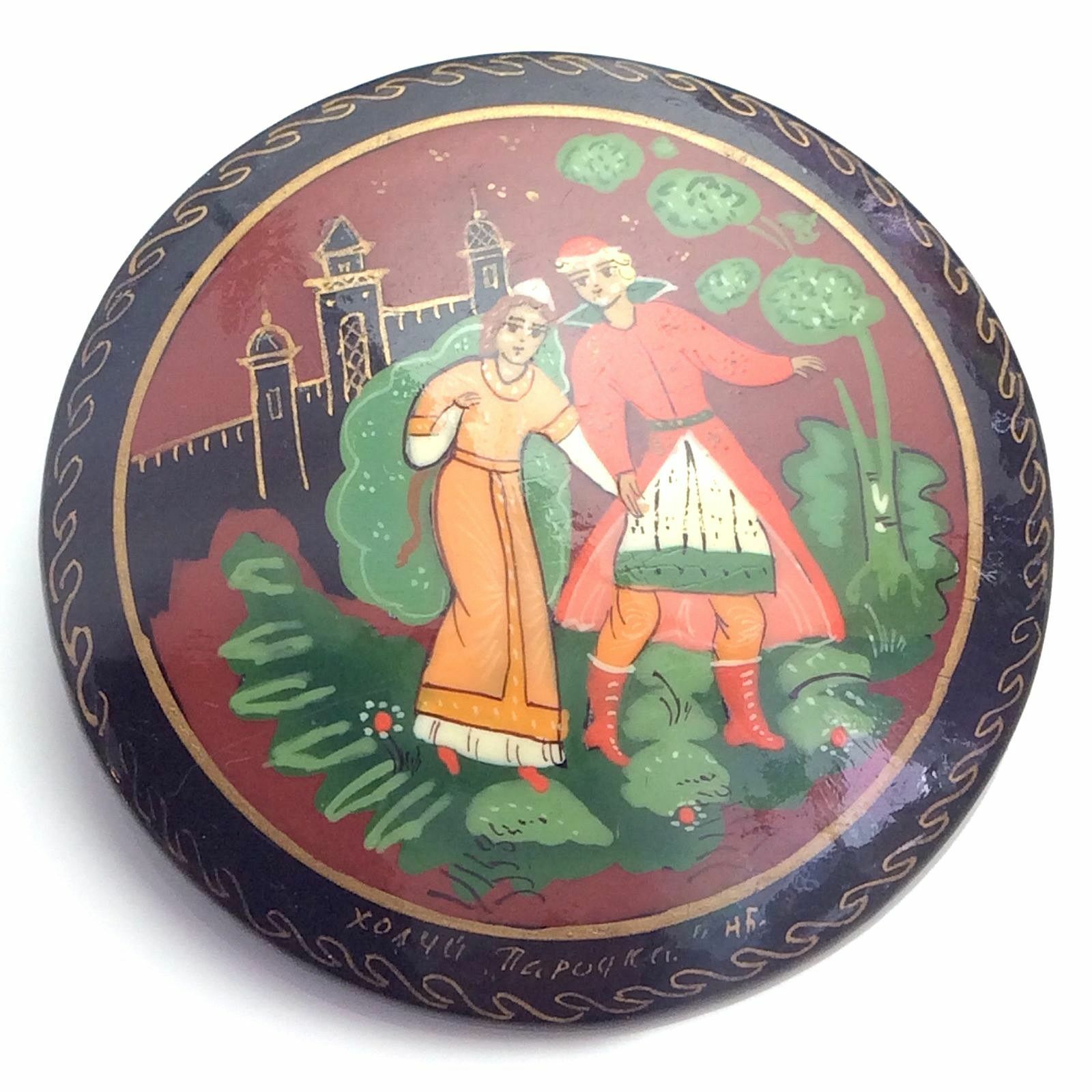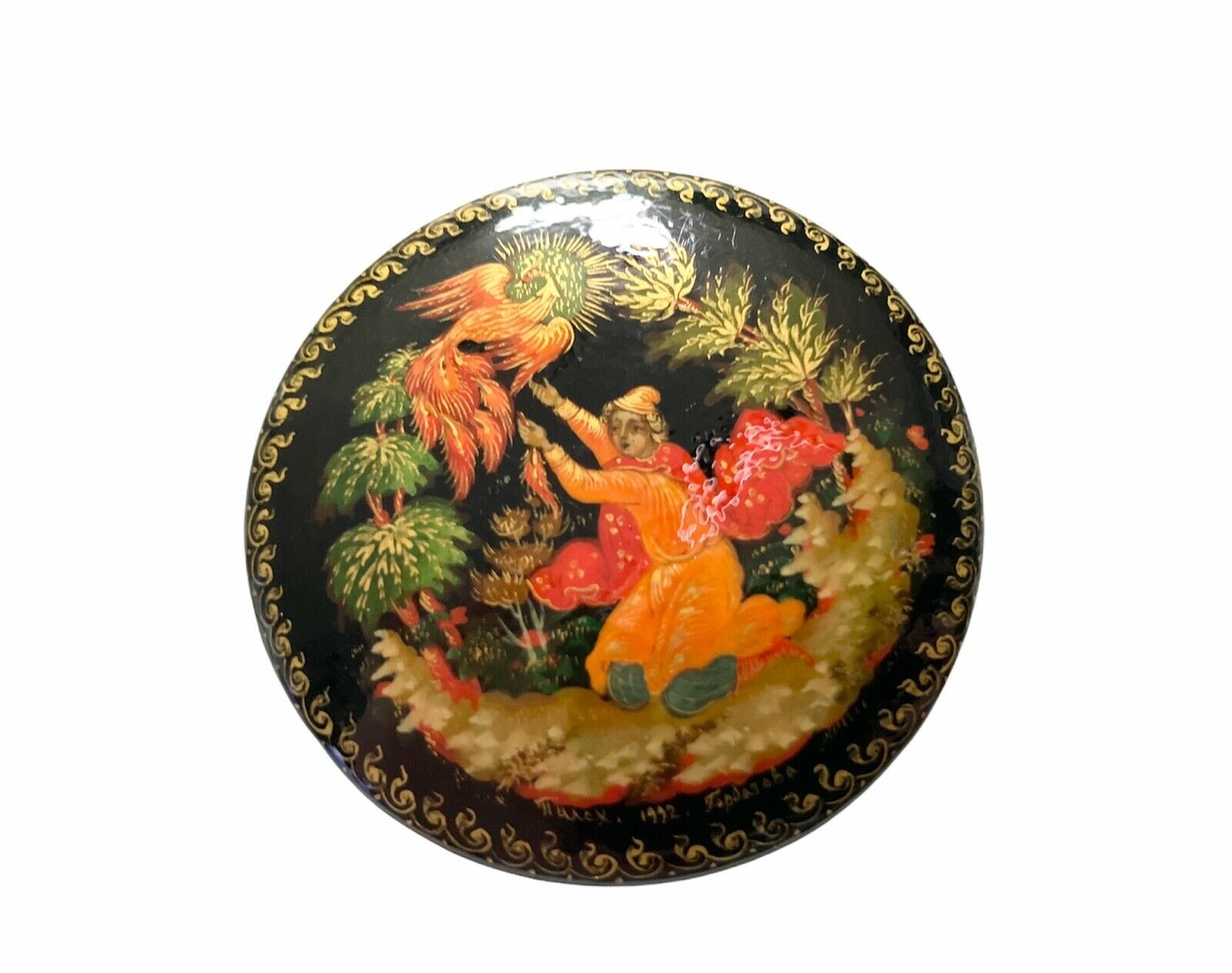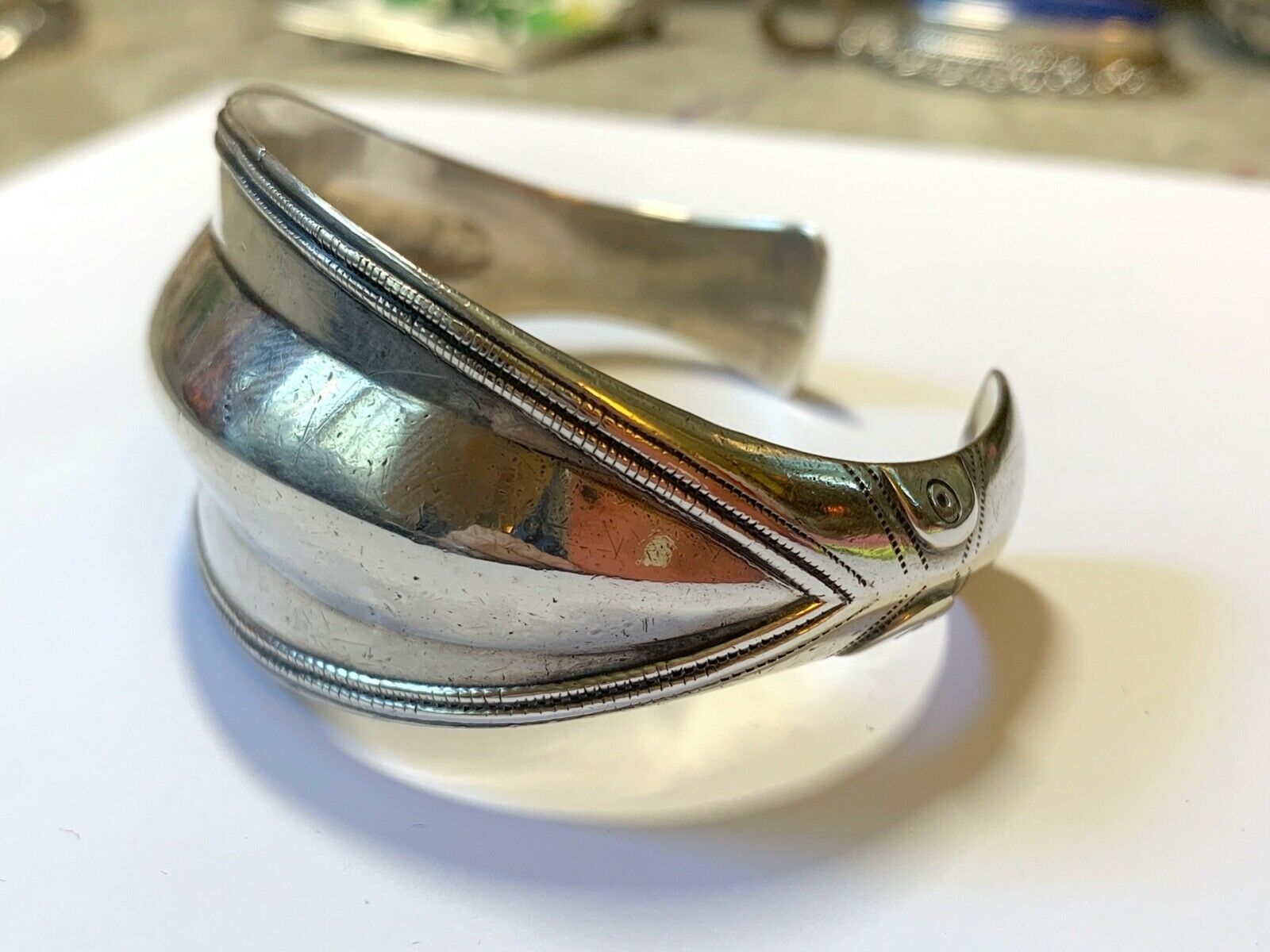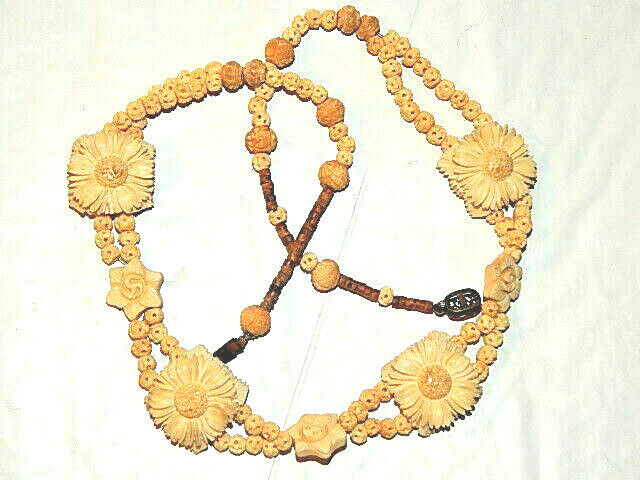-40%
19thC Antique 6ct Persian Lapis Lazuli Gem of Renaissance Russian Pushkin Palace
$ 89.75
- Description
- Size Guide
Description
Antique Genuine Natural Russian Crafted/Afghani Mined Dark Blue Lapis Lazuli Semi-Precious Oval Gemstone. Contemporary High Quality Sterling Silver Ring (Size 8 – Resizing Available).CLASSIFICATION:
Cabochon Lapis Lazuli Oval.
ORIGIN:
19th Century Badakhshan, northeastern Afghanistan. Ring setting is of contemporary origin.
SIZE
: Length: 12mm. Width: 10mm. Depth: 6mm. All measurements approximate.
WEIGHT
: 5.95 carats.
NOTE
: Resizing is available. If you would prefer a different setting style, odds are we have many different setting styles available which would fit this stone(s) which could be substituted for no or very little additional cost. 14kt solid gold settings are also available. Write us for pictures and prices.
NOTE
: If you would like only the gemstone, and not the setting, we can dismount the gemstone and offer you the gemstone without the setting. Just let us know, and yes, we’ll discount the price by the cost of the setting.
DETAIL:
Here’s a gorgeous, richly colored natural dark blue lapis lazuli semi-precious gemstone from the 7,000 year old mines at Badakhshan in Afghanistan, source of lapis lazuli for the ancient Egyptians, Sumerians, Phoenicians, Greeks, Romans and the rest of the ancient world. Though these mines are considered the “traditional source” of lapis lazuli in the ancient world, Renaissance Russia discovered and exploited massive lapis lazuli deposits (see
here,
and
here,
) at Russia’s Lake Baikal, as well as in the Pamir Mountains of Central Asia. The Czars of Russia most prominently used lapis lazuli in monumental architectural features. In what was once one of the cultural capitals of Europe, the columns of St. Isaac's Cathedral in Saint Petersburg, Russia are lined with lapis (see
here,
here,
and
here
); and the Pushkin Palace has forty foot tall lapis lazuli paneling (see
here,
here,
and
here
)! Despite Russia’s own massive deposits of lapis lazuli, much of the lapis lazuli used in these monumental architectural wonders came from the same ancient mines at Badakhshan as did the gemstone.
Here’s a gorgeous, richly colored natural dark blue lapis lazuli semi-precious gemstone from the 7,000 year old mines at Badakhshan in Afghanistan, source of lapis lazuli for the ancient Egyptians, Sumerians, Phoenicians, and the rest of the ancient world, who referred to lapis lazuli as the gemstone of the heavens, as the golden-flecks of sparkling iron pyrite in the deep blue body was often associated by the ancients with the stars in the heavens. Some of the most splendid ancient jewelry ever unearthed by archaeologists was found in Queen Pu-abi's tomb at Ur in Sumeria dating from the 3rd millennium B.C., and in the ancient Egyptian Pharaoh Tutankhamen's tomb. Lapis Lazuli was one of the most prominent gemstones found within these tombs, including on the famous mask of Tutankhamen.
The gemstone was hand shaped and polished into this very beautiful oval cabochon by a 19th century Russian artisan, part of an heritage renown for the production of the elaborate gemstones and jewelry of the Czars of Medieval, Renaissance, and Victorian Russia. The result is an exquisite and incredibly richly colored precious gemstone with lots of depth and gorgeous tone. It is considerably lighter than inky "midnight blue" African or Australian sapphires, but well past the medium blue of sapphires from Ceylon and Burma. It is truly a very rich and regal blue, bringing to mind all of the rich pageantry of the royal houses of Europe. Gem quality lapis lazuli is in high demand, and can be quite costly, and this is exceptionally good quality lapis lazuli, evenly and richly colored a deep, royal blue.
The setting is of contemporary origin. It is a high quality setting manufactured by one of the USA’s leading semi-custom mount producers. It is constructed of solid sterling silver. We do have the ability to have the ring sent out for resizing if requested. There are many other ring styles available, if you would like to see them, just contact us, we would be happy to share them with you. Most other setting styles in sterling silver are available at no additional cost. Additionally, if preferred, this mounting (as well as a wide variety of ring settings in other appealing styles) are also available in 14kt solid gold.
As might be expected under magnification the gemstone shows the unmistakable, hallmark characteristics of having been hand crafted. The coarseness of the 19th century finish is considered desirable to most gemstone aficionados, and is not considered a detriment, or detract from the value of a gemstone. These characteristics are not only expected of hand-finished gemstones, many believe that such antique hand-crafted gemstones possess much greater character and appeal than today's mass-produced, laser-cut gemstones. Unlike today’s computer controlled machine produced gemstones that approach flawlessness in a perfect finish, the cut and finish of an antique, handcrafted gemstone such as this is the legacy of an artisan who lived two centuries ago.
Handcrafted though it may be the gemstone has great luster and character, but that is not to imply that it is absolutely flawless. True, the blemishes it possesses are virtually invisible to the naked eye, and to the view of the casual admirer the gemstone is indeed seemingly without blemish. However in the accompanying photo enlargements you might be able to discern a few minute blemishes as well as occasional irregularities in the cut and finish. Naturally much the same may said about almost any natural gemstone. Most absolutely flawless gemstones will upon close examination be revealed to be synthetic. Furthermore these characteristics are not only expected of hand-finished gemstones, you must also consider that two centuries ago the mining techniques even possible then, let alone in practice, did not allow the ultra deep mining operations which are so commonplace today.
Keep in mind two centuries ago mankind was more or less limited to surface deposits or near surface deposits of gemstones. Higher quality gemstones which today are routinely mined from beneath hundreds of meters, even kilometers beneath the earth's surface, were simply inaccessible then. It is precisely for these reasons antique gemstone must be appreciated as antiques first, gemstones second. The relatively superlative quality of contemporary gemstones mined from deep beneath the earth's surface were simply not accessible two centuries ago, or at least, only rarely so. But for most, the unique nature and character of these antique gemstones more than makes up for the blemishes found within the gemstones, as well as the cutting and finishing irregularities common to handcrafted gemstones, all of which are by and large are only visible under magnification.
LAPIS LAZULI HISTORY:
Most lapis lazuli contains iron pyrite in the form of golden flecks sprinkled throughout the gemstone, the hallmark characteristic of lapis lazuli, often compared by ancient populations with stars in the sky. Lapis Lazuli was among the treasures of ancient Mesopotamia, Byzantium, Egypt, Persia, Greece and Rome. Lapis Lazuli gets its name from the Arabic word "allazward", meaning "sky-blue". Along with turquoise and carnelian, the three are undoubtedly amongst the most ancient of gemstones. For more than 7,000 years lapis lazuli has been mined as a gemstone in Afghanistan, near ancient Mesopotamia, and traded throughout the ancient Mediterranean world.
The ancient source of lapis lazuli was these very same mines at Badakhshan (also known as the “Hindu-Kush” mountains), in the Persian highlands above the fertile Mesopotamian lowlands. The Persian highlands and plateau provided many of the raw materials lacking in the ancient civilizations abounding in the Mesopotamian lowlands (the "fertile crescent"). Records indicate that the Sumerian city of Ur imported lapis lazuli from the mines at Badakhshan as early as 4,000 B.C. In fact, the ancient royal Sumerian tombs of Ur, located near the Euphrates River in lower Iraq, contained more than 6,000 beautifully executed lapis lazuli statuettes of birds, deer, and rodents as well as dishes, beads, and cylinder seals.
Most ancient jewelry typically used one or more of three gemstones (carnelian, turquoise), and lapis lazuli was certainly very popular. How popular? One of the richest examples of ancient jewelry is Queen Pu-abi's tomb at Ur in Sumeria dating from the 3rd millennium B.C. In the crypt the queen was covered with a robe of gold, silver, lapis lazuli, carnelian, agate, and chalcedony beads. The lower edge of the robe was decorated with a fringed border of small gold, carnelian, and lapis lazuli cylinders. Near her right arm were three long gold pins with lapis lazuli heads, and three amulets in the shape of fish. Two of the fish amulets were made of gold and the third, you guessed it, lapis lazuli. On the queen's head were three diadems each featuring lapis lazuli.
At roughly the same point in time as Queen Pu-abi’s reign in Ur, lapis lazuli was also certainly popular in 3,100 B.C. with the Egyptians who used it in medicines, pigments (ultramarine), cosmetics (eye-shadow), carved into seals, and of course, in jewelry. The famous mask covering the head of Tutankhamen's mummy is inlaid primarily in lapis lazuli, with accents of turquoise and carnelian. In both the tombs of Tutankhamen and Queen Pu-abi, two of the richest tombs in all history, lapis lazuli was featured prominently in both. Called the "stone of rulers," in ancient kingdoms like Sumer and Egypt, lapis was forbidden to commoners, worn only by royalty. Ancient Egyptians believed lapis lazuli to be sacred and used it in the tombs and coffins of pharaohs.
Much of the lapis lazuli which flowed through the ancient land of Bactria and into Ur was exported to Egypt, where it was known as “khesbed”, which translates to “joy and delight”. In ancient Egypt lapis lazuli was widely used as a talisman believed to provide its wearers with good luck and ward off evil spirits and injury. Lapis lazuli was also thought to possess life-giving powers in ancient Egypt. Lapis was used to produce amulets to protect the mummified remains of pharaoh and commoner alike. It was a common practice to place a lapis amulet, engraved with a chapter of the Book of the Dead, over the area where the heart had been removed from the mummified remains (the heart was believed to be the repository of the soul), prior to the sealing of the sarcophagus.
Archaeological discoveries also have made it abundantly clear that coupled with gold, lapis lazuli was valued simply for its beauty as jewelry. Lapis lazuli was also associated with the ancient Egyptian Goddess “Hathor”, goddess of love, music, and beauty, who was often referred to as "the lady of lapis lazuli." Lapis was also associated with both the night sky and the rising run, which was sometimes referred to as the "child of lapis lazuli." The stone was also associated with the primordial waters of the ancient Egyptian creation myth. The Nile was rendered in blue color on grave paintings, blue thought to represent fertility. Lapis lazuli hippopotamuses produced by ancient Egyptian artisans were popular as symbols for the life-giving river.
There’s also some evidence that ancient Egyptian judges wore carved lapis amulets of Ma'at, the Goddess of truth, balance and order. These concepts were fundamental to Egyptian life and the rule of the Pharaohs, who portrayed themselves constantly as "Beloved of Ma'at" and "upholders of the universal order". Ancient Egyptian hieroglyphs also described medicinal uses for lapis lazuli, including its use powdered, mixed with milk and mud from the Nile as a treatment for cataracts as well as head pains. And of course the ancient Egyptians made wide use of lapis lazuli as eye shadow. In fact, historians document its use as eye shadow by Cleopatra, last of the Ptolemaic rulers of Ancient Egypt.
Popular with another Middle Eastern people, the Israelites, lapis is generally acknowledged by Biblical scholars to be one of the breastplate stones of the High Priest. To the ancient Hebrews, lapis lazuli was the symbol of success, capturing the blue of the heavens and combining it with the glitter of gold in the sun. It was also believed by the ancient Hebrews that the tablets upon which Moses received the Ten Commandments were of lapis lazuli. Lapis lazuli was also used by the ancient Assyrians and Babylonians for cylinder seals. According to one ancient Persian legend, the heavens reflected their blue color from a massive slab of lapis upon which the earth rested. Throughout the history of the Ancient Middle East, lapis lazuli has often been regarded a sacred stone and to possess magical powers.
The first century Roman historian and naturalist Pliny the Elder accurately described lapis lazuli, though the ancient Romans referred to it as “sapphirus”. The Romans also used lapis lazuli as an aphrodisiac, and associated lapis lazuli with the lord of Gods of the Roman pantheon, “Jupiter” (“Zeus” to the ancient Greeks). Lapis lazuli was also accurately described by Theophrastos, the fourth century B.C. Greek philosopher and naturalist. In addition to its use in jewelry, lapis lazuli has also been used since ancient times for mosaics and other inlaid work, carved amulets, vases, and other objects. In antiquity, as well as in the Middle Ages, there was the belief that the cosmos was reflected in gemstones. Lapis lazuli was associated with the planet Jupiter.
In the medieval world lapis was ground and used as a pigment as well as for medicinal purposes. For medicinal applications, the powdered lapis lazuli was mixed with milk and used as a compress to relieve ulcers and boils. Lapis Lazuli and the mines at Badakhshan were described by Marco Polo in 1271 A.D., though the first written accounts of the mines had been produced three centuries earlier, in the tenth century A.D., by the Arab historian Istakhri. When lapis was first introduced to Europe, it was called "ultramarinum", which means "beyond the sea". It was identified as an emblem of chastity, and was thought to confer ability, success, divine favor, and ancient wisdom.
According to the 17th century “Complete Chemical Dispensatory”, lapis lazuli was effective as a cure for sore throat, used to combat melancholy, and a cure for “apoplexies, epilepsies, diseases of the spleen, and many forms of dementia”. The text also indicated that it could be worn about the neck as an amulet to drive away frights from children (timid children were given necklaces of lapis beads in the belief that they would develop courage and fearlessness) to strengthen sight, prevent fainting, and also to prevent miscarriages. Wearing an amulet made of lapis was also thought to free the soul from error, envy and fear as well as protect the wearer from evil. Ground lapis was also the secret of the blue in ultramarine, the pigment which painters used to paint the sea and the sky until the nineteenth century.
Used as a pigment most extensively in the fourteenth and fifteenth centuries, the secret behind some of the most beautiful Renaissance-inspired paintings was ground lapis lazuli. In no small part due to the tremendous demand for lapis to produce ultramarine, the cost of lapis was exorbitant in Renaissance Europe. A price list of gems in the eighteenth century, using the emerald as the unit of value, ranked sapphire as twice the value of emerald, ruby as thrice the value, and lapis as fifteen times the cost of emerald. Lapis was also popular in inlays. In what was once one of the cultural capitals of Europe, the columns of St. Isaac's Cathedral in St Petersburg, Russia are lined with lapis (see
here
,
here
, and
here
), and the Pushkin Palace has forty foot tall lapis lazuli paneling (see
here
,
here
, and
here
)! Though most of the lapis used in Russia’s landmark architecture was again, from Afghanistan, lapis lazuli was eventually discovered at Russia’s Lake Baikal, as well as in the Pamir Mountains of Central Asia (see
here
and
here
).
In the ancient history of Mesoamerica, an inferior grade of lapis lazuli was mined in Northern Chile for over 1,000 years by the Moche, a culture from the coast of Northern Peru (200 B.C. to 800 A.D.), who were skilled metalworkers, producing ornaments made of gold, silver, and lapis lazuli. Their traditions were carried forward by their successors the Chimu for another 600 years, the Chimu in turn ultimately absorbed by the Incas. Throughout the history of the ancient world, gemstones were believed capable of curing illness, possessed of valuable metaphysical properties, and to provide protection. Found in Egypt dated 1500 B. C., the "Papyrus Ebers" offered one of most complete therapeutic manuscripts containing prescriptions using gemstones and minerals.
Gemstones were not only valued for their medicinal and protective properties, but also for educational and spiritual enhancement. In the ancient world it was believed that ground lapis lazuli consumed as a supplement bolstered skeletal strength and thyroid function. It was also believed to improve sleep, cure insomnia, and was used to treat varicose veins. On the metaphysical plane, lapis lazuli was believed to enhance ones awareness, creativity, extra-sensory perception, and expand ones viewpoint, while keeping the spirit free from the negative emotions of fear and jealousy. Even today lapis lazuli is regarded by many cultures around the world as the stone of friendship and truth. The blue stone is said to encourage harmony in relationships and help its wearer to be authentic and give his or her opinion openly.
Domestic shipping (insured first class mail) is included in the price shown. Domestic shipping also
includes
USPS Delivery Confirmation (you might be able to update the status of your shipment on-line at the
USPS Web Site
). Canadian shipments are an extra .99 for Insured Air Mail; International shipments are an extra .99 for Air Mail (and generally are NOT tracked; trackable shipments are EXTRA).
ADDITIONAL PURCHASES
do receive a
VERY LARGE
discount, typically about per item so as to reward you for the economies of combined shipping/insurance costs. Your purchase will ordinarily be shipped within 48 hours of payment. We package as well as anyone in the business, with lots of protective padding and containers.
We do NOT recommend uninsured shipments, and expressly disclaim any responsibility for the loss of an uninsured shipment. Unfortunately the contents of parcels are easily “lost” or misdelivered by postal employees – even in the USA. If you intend to pay via PayPal, please be aware that PayPal Protection Policies REQUIRE insured, trackable shipments, which is INCLUDED in our price. International tracking is at additional cost. We do offer U.S. Postal Service Priority Mail, Registered Mail, and Express Mail for both international and domestic shipments, as well United Parcel Service (UPS) and Federal Express (Fed-Ex). Please ask for a rate quotation. We will accept whatever payment method you are most comfortable with. If upon receipt of the item you are disappointed for any reason whatever, I offer a no questions asked return policy. Send it back, I will give you a complete refund of the purchase price (less our original shipping costs).
We travel to Russia each year seeking antique gemstones and jewelry from one of the globe’s most prolific gemstone producing and cutting centers, the area between Chelyabinsk and Yekaterinburg, Russia. From all corners of Siberia, as well as from India, Ceylon, Burma and Siam, gemstones have for centuries gone to Yekaterinburg where they have been cut and incorporated into the fabulous jewelry for which the Czars and the royal families of Europe were famous for. My wife grew up and received a university education in the Southern Urals of Russia, just a few hours away from the mountains of Siberia, where alexandrite, diamond, emerald, sapphire, chrysoberyl, topaz, demantoid garnet, and many other rare and precious gemstones are produced. Though perhaps difficult to find in the USA, antique gemstones are commonly unmounted from old, broken settings – the gold reused – the gemstones recut and reset.
Before these gorgeous antique gemstones are recut, we try to acquire the best of them in their original, antique, hand-finished state – most of them centuries old. We believe that the work created by these long-gone master artisans is worth protecting and preserving rather than destroying this heritage of antique gemstones by recutting the original work out of existence. That by preserving their work, in a sense, we are preserving their lives and the legacy they left for modern times. Far better to appreciate their craft than to destroy it with modern cutting. Not everyone agrees – fully 95% or more of the antique gemstones which come into these marketplaces are recut, and the heritage of the past lost. But if you agree with us that the past is worth protecting, and that past lives and the produce of those lives still matters today, consider buying an antique, hand cut, natural gemstone rather than one of the mass-produced machine cut (often synthetic or “lab produced”) gemstones which dominate the market today.
Our interest in the fabulous history of Russian gemstones and the fabulous jewelry of the Czar’s led to further education and contacts in India, Ceylon, and Siam, other ancient centers of gemstone production and finishing. We have a number of “helpers” (family members, friends, and colleagues) in Russia and in India who act as eyes and ears for us year-round, and in reciprocity we donate a portion of our revenues to support educational institutions in Russia and India. Occasionally while in Russia, India, Siam, and Ceylon we will also find such good buys on unique contemporary gemstones and jewelry that we will purchase a few pieces to offer to our customers here in America. These are always offered clearly labeled as contemporary, and not antiques – just to avoid confusion. We can set most any antique gemstone you purchase from us in your choice of styles and metals ranging from rings to pendants to earrings and bracelets; in sterling silver, 14kt solid gold, and 14kt gold fill. When you purchase from us, you can count on quick shipping and careful, secure packaging. We would be happy to provide you with a certificate/guarantee of authenticity for any item you purchase from us. There is a fee for mailing under separate cover. Please see our
"ADDITIONAL TERMS OF SALE."











